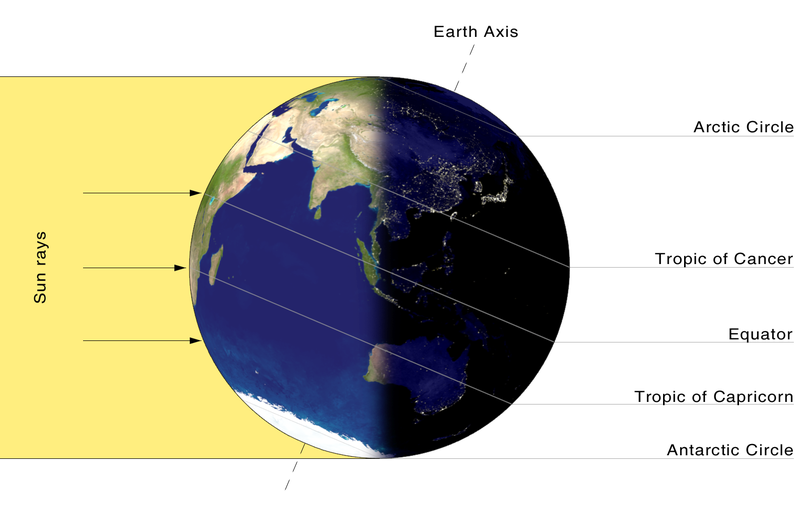Winter solstice has come and gone. On to the lengthening days!
The winter solstice is marked by the smallest amount of daylight during the year, but not necessarily the coldest day. That tends to happen a month or so later, depending on where you live.
The winter solstice has been celebrated through many centuries and cultures. This has been proven through the years as temples and monuments have been discovered that seem to mark a particular importance on the day of the winter solstice.
For example, people have been flooding to England’s Stonehenge for years to celebrate the winter solstice as they suppose the ancients did centuries ago.
Those in particular who regularly attend these winter solstice celebrations are modern druids.
Thousands visited #Stonehenge for one of the warmest #WinterSolstice events to date https://t.co/6cCuwvQ7wp @ITV pic.twitter.com/jmRmuzzxq8
— Stonehenge U.K (@ST0NEHENGE) December 22, 2015
According to druidry.org, “Druidism is rooted in the culture and mythology of Western Europe – in particular in those cultures which have come to be known as Celtic, which stretch from Ireland and parts of Portugal in the West to France, Switzerland and Austria in the East. We first hear of it in the writings of Julius Caesar, who in about 50 BCE wrote that Druidism originated in Britain.”
It continues of modern druidry, saying it “emerged out of two acts of rebellion during that fertile and tumultuous period of the 1960s. Virtually simultaneously, on both sides of the Atlantic, revolutions occurred in how Druidry was understood: in 1963 on the Carleton College campus in the USA a group called The Reformed Druids of North America was created as a humorous protest against mandatory Sunday morning chapel attendance, while the following year in England a historian, Ross Nichols, rebelled against the election of a new Druid Chief, and established his own group, The Order of Bards Ovates & Druids.”
Hmm. Interesting. Anyway, they celebrate the winter solstice each year with fervor.
At Stonehenge this year, a guy that calls himself Senior Druid King Arthur Pendragon explained that to them, the solstice celebrates the coming of the new sun.
Stop the campaigning, Cameron & Miliband: #KingArthur just made THE best #ElectionBroadcast http://t.co/qYK8VkyXg5 pic.twitter.com/lhOWd48N1O
— Arthur Pendragon (@DruidKingArthur) April 28, 2015
He said, “This is the dawn we’ve been waiting for, this is the dawn the ancients cared about so much.”
Did you celebrate the winter solstice?
